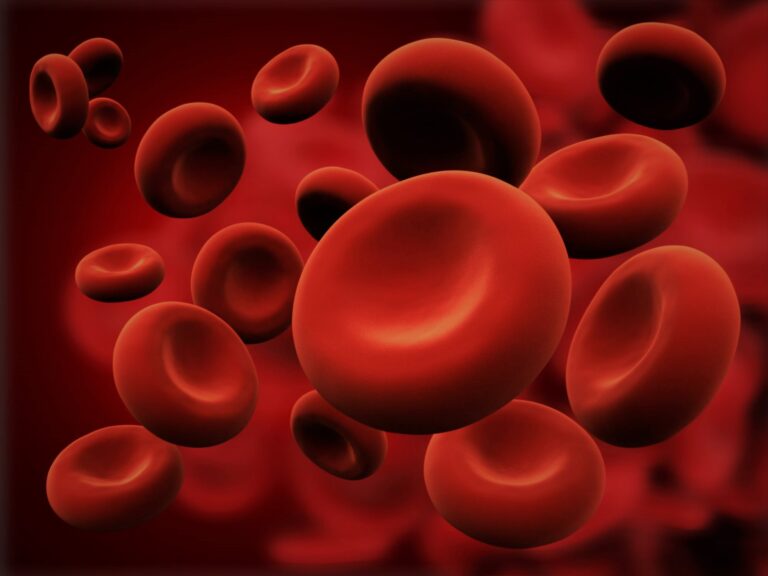Iron is a mineral, and its main purpose is to hold oxygen within the hemoglobin of red blood cells throughout the body thus cells will turn out energy. Iron also helps remove carbon dioxide. Your Iron cluster is comprised of 5 biomarkers: ferritin, hemoglobin, TS, Blood Iron and Total Iron binding capability. These 5 live things like iron storage, the number of iron your blood will carry, and therefore the quantity of oxygen your blood will circulate throughout your body.
Iron deficiency occurs when the body doesn’t have enough of the mineral Iron, it also known Anemia. This leads to low levels of red blood cells. That’s as a result of iron is required to form hemoglobin, a protein in red blood cells that allows them to carry oxygen around the body. If your body doesn’t have enough Hb, your tissues and muscles won’t get enough oxygen and be able to work effectively. This leads to a condition called anemia.
Common causes of iron deficiency embrace inadequate iron intake due to poor diet or restrictive diets, inflammatory organ illness, increased requirements throughout maternity and blood loss through significant periods or internal bleeding.
Iron deficiency may result in unpleasant symptoms which will affect your quality of life. These include poor health, concentration and work productivity.
Here are signs and symptoms of iron deficiency:-
• Extreme fatigue
• Weakness
• Pale skin
• Chest pain, fast heartbeat or shortness of breath
• Headache, dizziness or light-headedness
• Cold hands and feet
• Inflammation or soreness of your tongue
• Brittle nails
• Unusual looking for non nutritive substances like ice, dirt or starch.
• Poor appetite, especially in infants and children with iron deficiency anemia.
Luckily, most of iron deficiency can be treated fairly easily, usually through non-rich diet or supplements.


If you think you have symptoms of Iron deficiency, check your iron deficiency level…
